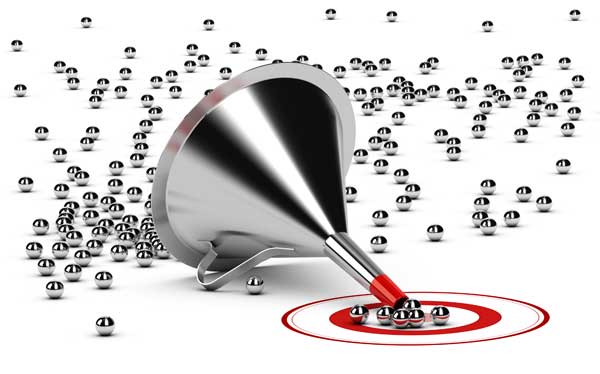In the ever-evolving world of business, having a solid sales funnel is crucial for driving revenue and achieving sustainable growth. Sales funnels, often referred to as marketing funnels or ad funnels, represent the journey a customer takes from initial awareness to becoming an advocate for your brand. Understanding and mastering the art of high-converting sales funnels can be the difference between stagnation and skyrocketing success.

Understanding the Sales Funnel Framework
A sales funnel is a structured process that guides potential customers through various stages, ultimately leading them to make a purchase. The funnel is typically wide at the top, representing a large pool of potential customers, and narrows down toward the bottom, where only a small percentage converts into paying customers.
The four fundamental stages of a sales funnel are:
- Awareness: In this stage, potential customers become aware of your business, product, or service.
- Engagement: This phase focuses on building trust, credibility, and positive emotional triggers that influence customers to consider your offering.
- Conversion: At this stage, you can actively sell to the engaged audience, as they are more likely to convert into paying customers.
- Advocacy: When your products or services exceed expectations, satisfied customers become advocates for your brand, resulting in increased word-of-mouth and awareness.
Crafting a High-Converting Sales Funnel
To create a high-converting sales funnel, it’s essential to understand your customer’s journey, including their interests, obstacles, and the time it takes for them to overcome buying resistances. Here are the key components:
- Top-of-Funnel Strategies: Implement tactics such as search engine optimization (SEO), content marketing, and digital advertising to increase awareness and attract potential customers.
- Landing Pages: Create compelling landing pages using tools like LeadPages, ClickFunnels, Cartra, or WordPress to capture leads and move them further down the funnel.
- Valuable Content: Develop high-quality content, including blog posts, social media content, landing page copy, and email campaigns, to engage and nurture your audience.
- Traffic Generation: Utilize various channels, such as SEO, social media, email marketing, and paid advertising, to drive targeted traffic to your sales funnel.
The Importance of Lead Magnets
Lead magnets are powerful tools for attracting potential customers into your sales funnel. By offering a free, valuable piece of content (e.g., an ebook, webinar, or checklist) in exchange for contact information, you immediately move prospects into the engagement stage. This allows you to nurture the relationship and increase the likelihood of conversion.
Optimizing for High Conversion Rates
To maximize the effectiveness of your sales funnel, continuous optimization is crucial. Monitor and analyze key metrics, such as website traffic, lead generation rates, and conversion rates, to identify areas for improvement. Experiment with different tactics, adjust your messaging, and refine your funnel based on data-driven insights.
The Impact of Pricing on Sales Funnels
The pricing of your products or services plays a significant role in shaping your sales funnel strategy. Generally, the higher the price point, the more value you’ll need to create to motivate customers to make a purchase. Additionally, consider the sales cycle duration – the longer it takes for customers to buy, the more touchpoints and nurturing will be required within your funnel.
Conclusion
Mastering high-converting sales funnels is an art that requires a deep understanding of your target audience, effective communication, and continuous optimization. By implementing the strategies outlined in this article, you’ll be well-equipped to create a predictable system for increasing sales and driving revenue growth. Remember, a well-crafted sales funnel is a powerful tool that can propel your business to new heights of success.
